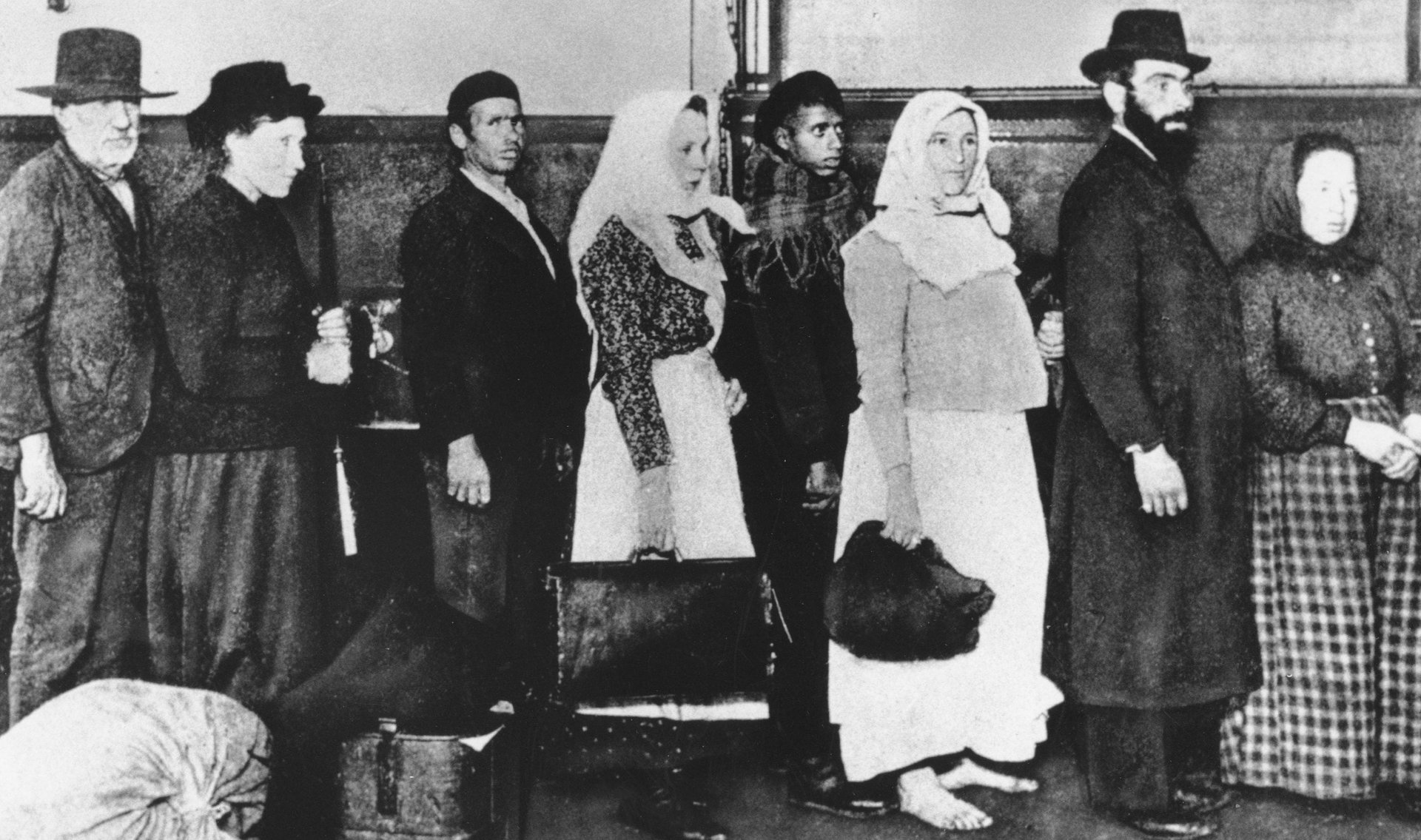Immigrants who rely on public benefits are actually essential to the US economy
The US government has the legal right to deny residency to people who might require, or have required in the past, public financial assistance, the US Supreme Court ruled this week. The ruling upheld a new policy from the current administration that expands the definition of a “public charge” when it comes to immigration.


The US government has the legal right to deny residency to people who might require, or have required in the past, public financial assistance, the US Supreme Court ruled this week. The ruling upheld a new policy from the current administration that expands the definition of a “public charge” when it comes to immigration.
The new policy says, among other things, that legal immigrants who have used food stamps or been hospitalized for long-term care through Medicaid can now be denied a green card. This is even if they applied for the benefit before the policy was announced.
US president Donald Trump’s administration didn’t introduce the concept of a “public charge,” it just further defined it. Prior to the new policy, immigration authorities might label someone a possible public charge if they were likely to receive, or had received, cash handouts. The new definition is much broader.
It’s another effort to limit immigration options for lower-income people. But the assumption that those who require government assistance are, or will be, a burden to the United States is misinformed, and potentially damaging to the very economy the policy seeks to protect. The positive economic impact of immigrants of lower incomes is well documented.
Immigrant participation in the workforce is higher than native participation and a 2015 report by the National Academy of Science (NAS) noted that the population of young, low-educated citizens is shrinking, making certain sectors of the economy essentially dependent on immigrants, who are often more flexible to move around the country to for potential jobs. According to a 2018 survey, immigrants made up 36% of all employees in fishery and building maintenance, and accounted for more than 24% of the workforce in sectors like construction and food processing.
All this is just as true—if not more so—of immigrants who receive public assistance. A misconception about food programs or Medicaid, for instance, is that they are for unemployed people. In truth, they are often supplementing the resources of people employed in low-income jobs—both among immigrant and native communities. Research from the Center on Budget and Policy Priority (CBPP) found that 93% of immigrants receiving any form of government support between 1999 and 2015 were either employed or married to someone who was employed most of the time.
In many cases, the CBPP notes, reliance on government assistance was temporary. Further, NAS research found that the second generation of immigrants born from low-income parents have high upward mobility, and tend to reach higher education levels than children of parents born in the United States.
There is perhaps no stronger evidence of the benefit of admitting low-income immigrants to the United States, however, than the history of the country itself.
It is estimated that about 100 million Americans are descendants of the 17 million immigrants who came to the United States by way of Ellis Island between 1892 and 1954. Many more had come through different avenues. A majority of these immigrants, including the ancestors of current deputy director of homeland security Ken Cuccinelli, and White House advisor Jared Kushner, would not have passed the new public charge limitations.
Admitting those immigrants to the United States wasn’t just beneficial to their own lives and futures, it was a boon to American development. Without poor Chinese immigrants, for example, the United States wouldn’t have the transcontinental railroad. And immigrants who fled poverty were instrumental to building the country’s other major infrastructure, like bridges and skyscrapers.
The impact immigrants have on the economy isn’t just measured in the present or near future—but in the generations to come. Research has shown that the economic benefit of accepting more immigrants can last for decades after their arrival. In the United States, the counties that took in more immigrants between 1860 and 1920 now have higher wages. A 5% increase in immigrants, in fact, corresponded to a 20% increase in wages.
To be sure, those immigrants were typically much poorer than those who would be denied entry today.